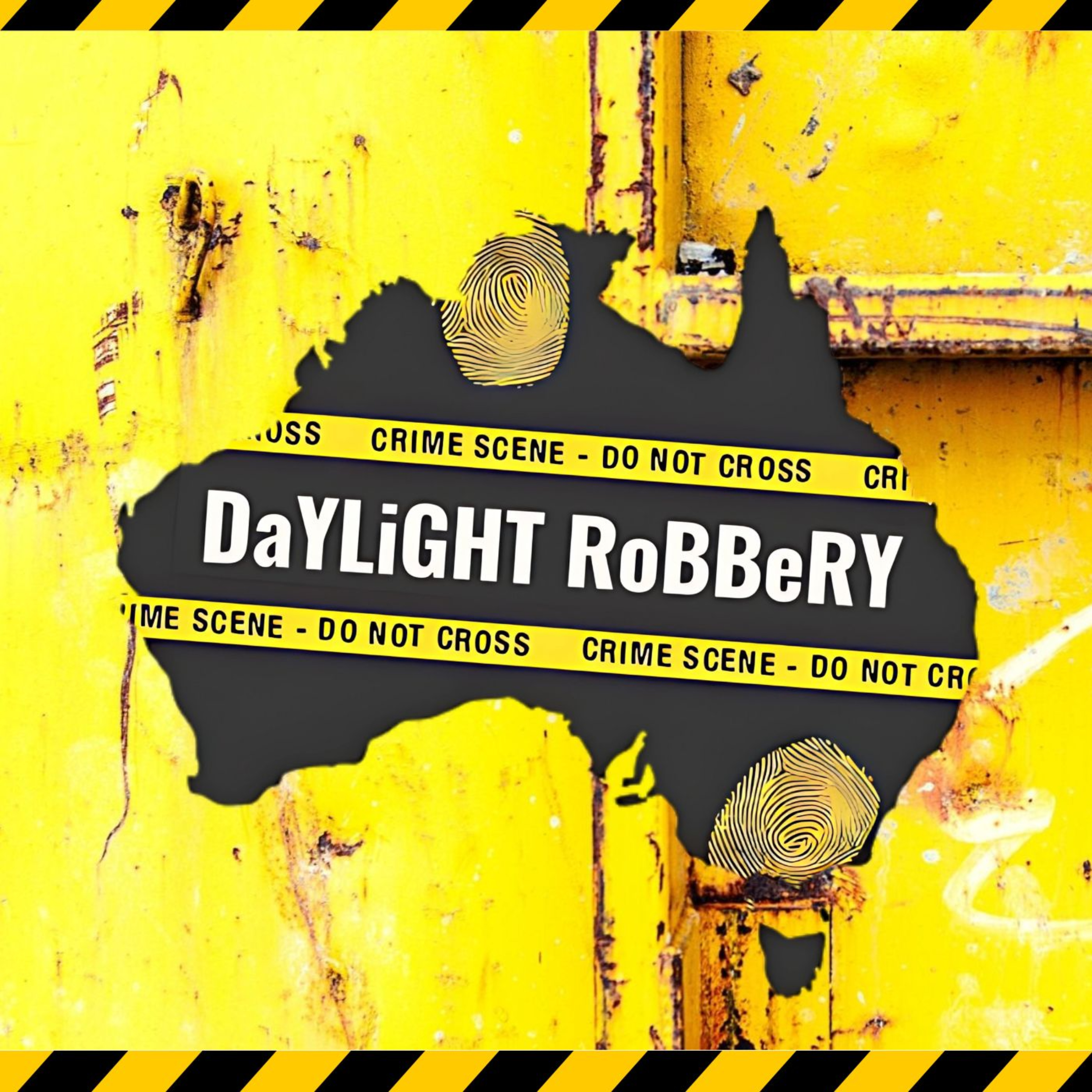Daylight Robbery
Podcast Description
Daylight Robbery tells the hidden story of hi tech heists stealing Australians’ real estate and retirement wealth: no sirens, no police and very little chance of getting your money back. This silent plunder stolen by sharks operating across the digital economy is funding crime, slavery and even terrorism. We get to the bottom of how it happens and explain how you can stop your money and savings being plundered.
Podcast Insights
Content Themes
The podcast focuses on the alarming rise of digital bank robberies, scams involving fake investments and work-from-home schemes, and the widespread impact on personal savings and real estate. Episodes include detailed accounts of victims like Mark Uytendaal, whose life savings were stolen in a fake term deposit scam, and Loveeta, a mother turned unwitting money launderer, highlighting the systemic failings in fraud prevention and consumer protection.

Daylight Robbery tells the hidden story of hi tech heists stealing Australians’ real estate and retirement wealth: no sirens, no police and very little chance of getting your money back. This silent plunder stolen by sharks operating across the digital economy is funding crime, slavery and even terrorism. We get to the bottom of how it happens and explain how you can stop your money and savings being plundered.
In this follow-up to Episode 8 of Daylight Robbery, Sarah and Laine finally win back their $252,000 after falling victim to a real estate fraud during the purchase of their dream home. Thanks to being on A Current Affair – which is exactly what helped Jacomi Du Preez from Episode 3 – ANZ agreed to
But while their bank ANZ eventually did the right thing, others—like Hope and Tom & Will and Jess & my son Louis —are still left fighting for justice. Even worse, the Australian Financial Complaints Authority originally assessed that Sarah and Laine's bank had done nothing wrong. But AFCA's preliminary assessment clearly wasn't correct – or ANZ would never have reversed their decision.
Tune in to hear about their victory and life-changing ability to now move ahead and buy their dream home. The win is huge – but it will never compensate them for the trauma or the $1000 a week rent they had to pay to landlords instead of into their own mortgage.

Disclaimer
This podcast’s information is provided for general reference and was obtained from publicly accessible sources. The Podcast Collaborative neither produces nor verifies the content, accuracy, or suitability of this podcast. Views and opinions belong solely to the podcast creators and guests.
For a complete disclaimer, please see our Full Disclaimer on the archive page. The Podcast Collaborative bears no responsibility for the podcast’s themes, language, or overall content. Listener discretion is advised. Read our Terms of Use and Privacy Policy for more details.